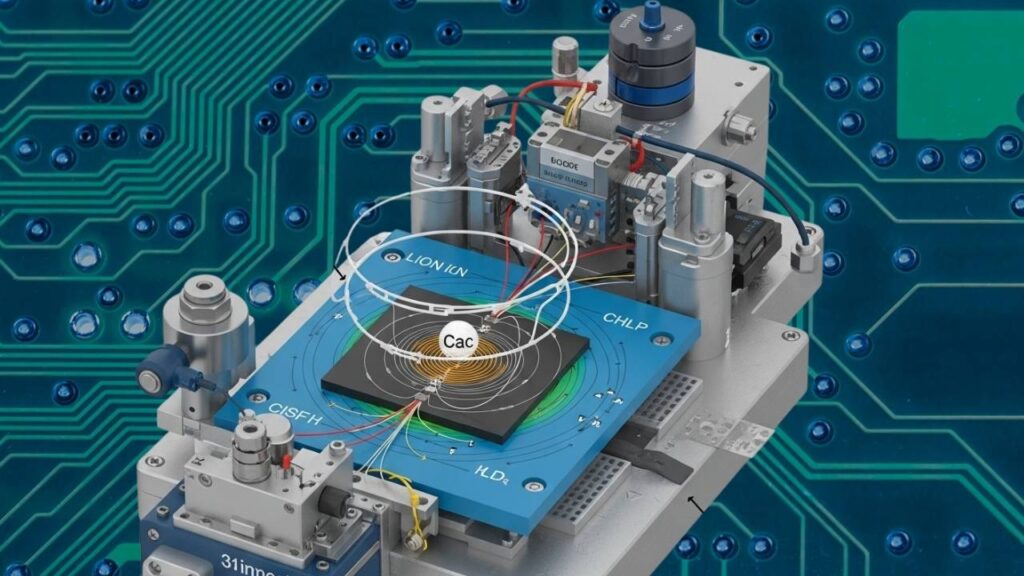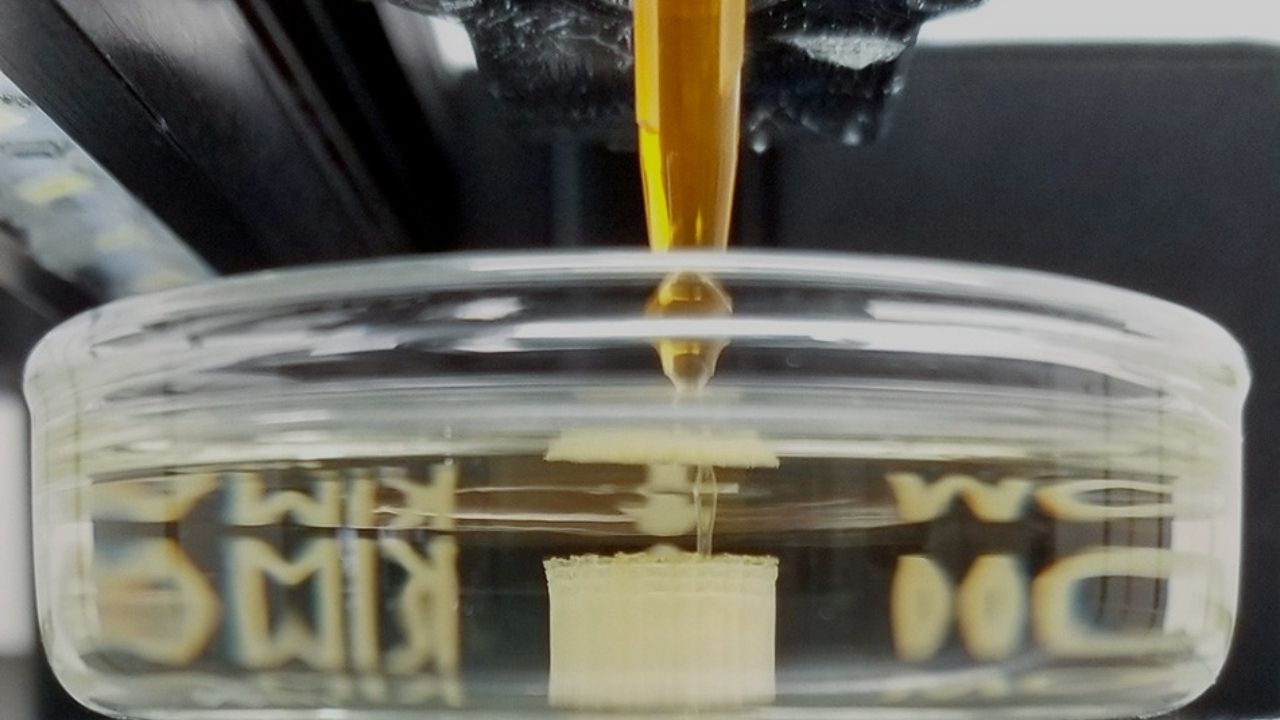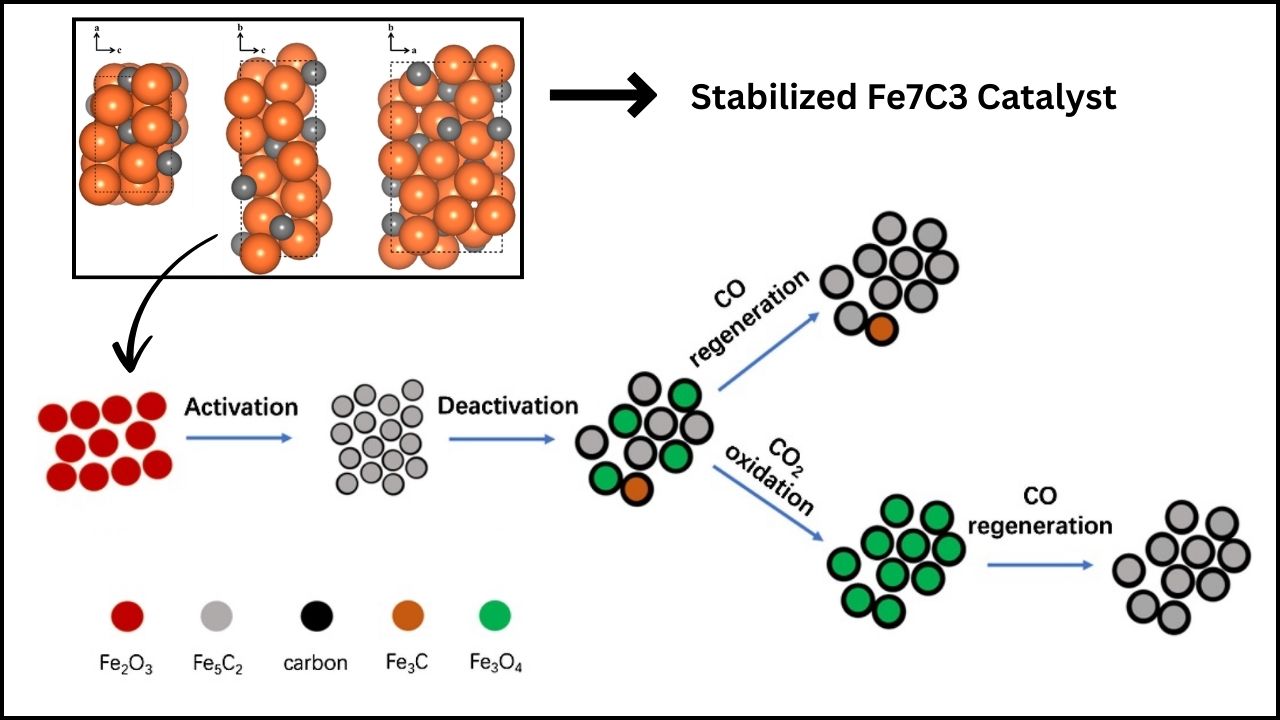Oxford Physicists Achieve Record-Low Quantum-Bit Error Rate: In a stunning leap for quantum computing, Oxford physicists have set a new world record for the lowest quantum-bit (qubit) error rate—just one mistake in 6.7 million operations. That’s a 0.000015% error rate, folks. To put that in perspective, it’s like flipping a coin 6.7 million times and landing heads every single time—except you’re doing something way harder: wrangling the fundamental building blocks of quantum computers. This accomplishment is being hailed globally as one of the most pivotal experimental milestones in quantum hardware development in recent memory.

This breakthrough pushes the limits of what we thought was achievable in qubit precision. It brings us one step closer to practical, large-scale quantum computers—machines that could tackle problems so gnarly that even your beefed-up gaming rig wouldn’t stand a chance. Whether it’s calculating the molecular structure of new drugs, optimizing global logistics networks, or solving complex cryptographic puzzles, the possibilities are now looking more realistic than ever.
Oxford Physicists Achieve Record-Low Quantum-Bit Error Rate
| Feature | Details |
|---|---|
| Achievement | Record-low quantum-bit error rate: 1 in 6.7 million |
| Technology Used | Trapped-ion calcium qubit controlled via microwave systems |
| Environment | Room temperature, no magnetic shielding required |
| Impact | Near fault-tolerant performance with minimal error correction overhead |
| Professional Value | Significant milestone toward scalable, error-corrected quantum computing |
| Source | Oxford Physics |
This record-low qubit error rate achieved by Oxford physicists is a giant leap in our race to build real-world quantum computers. By using room-temp, laser-free microwave techniques on ion qubits, they’ve set a new benchmark for accuracy—and simplicity. While two-qubit operations and scaling still pose hurdles, this success narrows the gap between theory and practical machines. Bottom line? Quantum computing just got a whole lot more real. The future’s looking quantum, y’all.
What Exactly Happened?
The scientists at the University of Oxford used trapped calcium ion qubits, manipulated not with lasers (which are complex and temperamental), but with precisely tuned microwave pulses. That’s a big deal. Why? Because microwave systems are cheaper, more stable, and much easier to scale up on-chip.
Even cooler? They pulled off this record at room temperature, with no fancy magnetic shielding. That makes this setup way more accessible than past experiments that required freezing conditions and super-insulated labs. The use of a surface trap—a microchip that confines the ion—combined with high-fidelity electronics allowed for unprecedented control over the qubit’s state. These ions were housed on a specially engineered chip that can be reproduced with photolithographic techniques, making mass production a feasible future goal.
Why This Matters for Quantum Computing
Let’s break it down with a little real talk. Quantum computers operate with qubits, which are like the quantum version of bits in your phone or laptop. But unlike those trusty 0s and 1s, qubits are finicky. They mess up easily. And those mistakes? They add up fast.
To make quantum computers usable for real-world applications (like cracking encryption, designing drugs, or modeling climate change), we need super low error rates. And we’re talkin’ crazy low. In fact, most theoretical fault-tolerant designs assume an error threshold around 1 in 1,000 to 1 in 10,000. Oxford’s results don’t just meet this bar—they exceed it by orders of magnitude.

Until now, even the best systems had error rates of around 1 in a million, if we were lucky. Oxford just smashed that record by nearly 10 times, using techniques that could be scaled up to industrial-level machines in the near future. This will likely cause a ripple effect across the industry, spurring competitors and collaborators alike to adopt similar methodologies.
Fault-Tolerant Quantum Computing Gets Real
This milestone opens the door to fault-tolerant quantum computing. That’s when a quantum computer can self-correct for errors as it runs, meaning it doesn’t spiral into gibberish after a few calculations.
Normally, to keep errors in check, we need a bunch of extra qubits just to monitor and fix mistakes. It’s like having five babysitters for every toddler. But if your qubits are as well-behaved as Oxford’s, you might only need one or two extra babysitters. That’s a game-changer.
What’s more, this could dramatically reduce the resources needed to build reliable quantum systems, possibly cutting future hardware requirements by 50% or more. This has cost-saving implications for national laboratories, commercial developers, and academic institutions.
Andrew Higginbottom, a postdoctoral researcher involved in the study, stated: “This is the highest-fidelity quantum logic gate ever demonstrated. It sets the bar for single-qubit accuracy.” His comments were echoed by Prof. David Lucas, co-head of the Oxford Ion Trap Quantum Computing group, who emphasized that this record “makes it clear that ion traps remain a leading platform for building fault-tolerant quantum computers.”
Behind the Magic – How They Did It
The Setup

- Ion trap system: A single calcium ion was trapped and isolated using electromagnetic fields on a surface-electrode ion trap chip.
- Microwave pulses: Instead of lasers, which require careful alignment and high-energy photons, they used radio-frequency microwaves that are more robust and easier to control.
- Room temp and simple: The whole setup worked without cryogenics or magnetic shielding, which reduces complexity and cost.
- Low-noise electronics: Ultra-low-noise voltage sources stabilized the trap environment, reducing magnetic field noise—a key factor in achieving high precision.
- Advanced synchronization: They also employed cutting-edge timing electronics to synchronize gate pulses at the sub-nanosecond level.
Measurement Method
They used a gold-standard test called randomized benchmarking, validated by several peer-reviewed studies in top journals like Nature Physics. This method applies thousands of randomly chosen quantum gates and compares the final qubit state to the expected result.
Result? Only one out of 6.7 million operations was incorrect. That’s a better fidelity than required for certain error-correction protocols, including surface codes and Bacon-Shor codes, which are essential in building scalable quantum systems. The statistical analysis was repeated across multiple trials and environmental conditions, further validating the robustness of the method.
Practical Implications for the Real World
For Researchers
This gives quantum hardware developers a blueprint for high-precision qubit control that doesn’t require a lab the size of a football field. Open-source tools and shared experimental designs could fast-track similar implementations worldwide. Research groups can now benchmark their own ion trap setups using Oxford’s techniques as a reference.
For Engineers

Microwave control can be integrated directly onto ion trap chips, paving the way for compact and scalable quantum devices. The use of standard RF hardware aligns better with today’s semiconductor manufacturing processes. This opens the door for hybrid fabrication where quantum and classical systems are co-located on the same chip.
For the Quantum Industry
Companies like IonQ, Honeywell, and Quantinuum are investing big in ion-based systems. Oxford’s method could lower the costs and tech barriers for building commercial quantum processors. Moreover, their demonstration could serve as a benchmark in future procurement specifications by government and defense agencies.
Regulatory bodies and standards organizations, including IEEE Quantum and NIST, may incorporate Oxford’s findings into revised design guidelines or certification protocols.
For Software Developers
With more reliable qubits, quantum algorithms—especially those relying on iterative or variational methods—can be executed with less overhead. This allows developers to focus more on algorithm optimization rather than hardware constraints. It also means quantum software testing can proceed faster, with fewer retries and higher confidence in outcome accuracy.
What’s Still Holding Us Back?
Even with this record-setting single-qubit fidelity, we still gotta tackle the two-qubit gate error rates. These are still hovering around 0.05% (1 in 2,000 operations), which isn’t quite good enough yet for fault-tolerance.
Two-qubit gates, such as the Mølmer–Sørensen interaction used in ion traps, are more prone to environmental fluctuations and cross-talk. Researchers are exploring techniques like sympathetic cooling, dynamic decoupling, and entanglement purification to close this gap.
Also, scaling up to multiple qubits—while keeping them just as accurate—is a whole different beast. It’s like getting one violin perfectly in tune, but then trying to tune an entire orchestra with that same level of precision.
Some possible pathways forward include:
- Modular ion trap networks: Connecting multiple chips via photonic interconnects
- Surface-code-based architectures: Requiring logical qubits made of several physical qubits
- Integration with CMOS tech: Bridging quantum and classical control systems
- Cryo-CMOS hybridization: Reducing latency between classical processors and quantum gate triggers
Where Does This Fit in the Global Quantum Race?
Countries and companies are in a quantum arms race, pouring billions into the tech. Google, IBM, China’s CAS, and startups around the globe are gunning for the first fully fault-tolerant machine.
With this breakthrough, Oxford just gave the UK a serious leg-up in the game. It also strengthens Europe’s position in developing sovereign quantum technology, which is critical amid rising geopolitical tensions.
National programs, like the UK’s National Quantum Technologies Programme and EU’s Quantum Flagship, will likely integrate and amplify these results in upcoming funding cycles. The milestone could inspire new public-private partnerships, and may even influence policy decisions around export controls and tech sovereignty.
Scientists Build 29.5 %‑Efficiency All‑Perovskite Tandem Solar Cells
Belt and Road Science and Tech Exchange in Chengdu 2025
Russian Scientists Create Ultra‑Precise Sub‑Ångström Tech for Quantum Chips of Tomorrow
FAQs About Oxford Physicists Achieve Record-Low Quantum-Bit Error Rate
What is a qubit?
A qubit is the quantum version of a bit. Instead of being just 0 or 1, it can be both at once (a state called superposition), which lets quantum computers crunch massive problems fast.
Why does error rate matter?
High error rates make quantum computers unreliable. The lower the error, the more useful and scalable the computer becomes. Lower error rates also reduce the cost and complexity of error correction, making machines more accessible.
What does 1 in 6.7 million mean in plain English?
It means that out of 6.7 million operations, only one is wrong. That’s like tossing a perfect spiral pass millions of times without missing your target. It’s like bowling 6.7 million strikes in a row.
Can this technology be commercialized?
Yes—but it still needs to be scaled up. The fact that it works at room temperature is promising for building practical machines. Commercial adoption will require ruggedization, modularity, and robust fabrication pipelines.
Who are the main players in ion-trap quantum tech?
Look at companies like IonQ, Honeywell Quantum Solutions (now part of Quantinuum), Oxford Ionics, and research institutions like NIST and Oxford Physics.
How was the fidelity verified?
They used randomized benchmarking, a well-established method validated in dozens of peer-reviewed studies, and the results were peer-reviewed and publicly released through Oxford’s institutional channels. Multiple test runs, varying environmental conditions, and redundant measurement paths confirmed the results.






